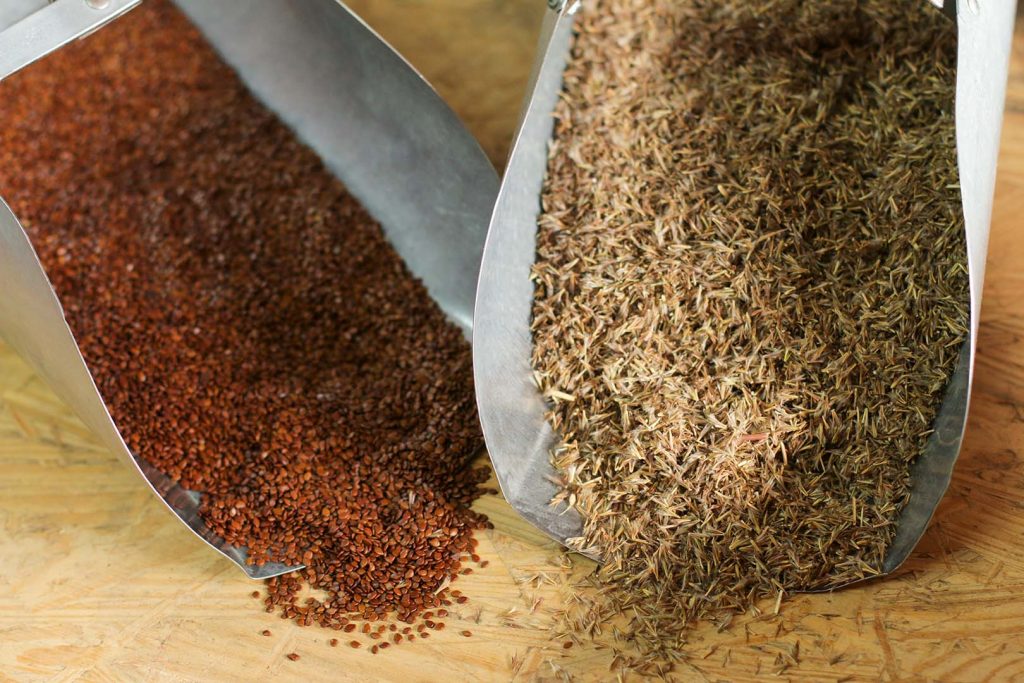
Choosing Which Native Species to Plant
Table of Contents
There are many native plant species to choose from, but some are better choices than others for a given project. Here are some of the considerations when selecting which native plants to include in a planting.
Get the right plant in the right place
Some plants like it wet while others like it dry. Some prefer full sun while others prefer shade. In other words, don’t plant a Yellow Coneflower, which loves a dry, rocky, full-sun site, in a shady swamp where it won’t survive. This is to say, it is important to get the right plant in the right place.
Evaluate your site. Are the soils wet or dry? How shady is it? Study the site during the establishment process. Are certain areas in the planting site wetter for longer after a rain than other parts of the site? Is part of the site on top of a rocky, dry ridge? Determine the conditions in your field, keeping in mind that one single field could have many conditions, then choose plants or mixes that are adapted.
Ponder your planting goals
There are so many reasons to plant native plants, and these motives can influence the species chosen for a planting. Consider for a moment the following native planting motives and the resulting mix choices:
Wildlife
Do you want to focus on all wildlife, only deer, or only pollinators? For a deer bedding planting, focus on tall grasses. For a pollinator planting, focus on season-long blooming wildflowers with a minor grass component. In all-purpose wildlife plantings, diversity of plants is usually key. Is there a special wildlife focus for your planting?
Livestock forage
Is the goal to establish summer forage or year-round forage? This will determine whether the planting should be only native warm season grasses or whether if you should include native cool season grasses and forbs/legumes (wildflowers) as well.
Landscaping with a wildflower meadow
When aesthetics are the primary goal, season-long interest is important. So, choose a mix with a diversity of bloom times. Is plant height a motivating factor? In other words, is it desirable to avoid 10-foot-tall plants or would taller plants add another element of visual interest?
Restoration of glades, savannas, and prairies
In restoration, the goal is often to match the area’s future plant community to the past plant community. In this case, only choose species that were historically present. However, for other restoration projects, the parameters may be broader.
Diversity by design
Most native ecosystems are a mix of native plant species. Diversity has so many benefits, ranging from stability to weed control to even soil health. Usually, you want to choose a mix with nature’s design of diversity. The most stable plantings are usually those with a good mix of functional diversity groups (native warm season grasses, native cool season grasses and grass-like species, and native forbs and legumes). Each of these groups has a unique niche function in a planting.
Adapted genetics
Genetics are a little more difficult to picture but very important. When planting fruit trees and field crops, we consider planting zones because we know that not every variety will grow well in every location. With native seeds, it’s just as important to consider where a given species group, or ecotype, will grow well. In general, moving seed very far north and south from where its ancestors grew when the bison roamed the grasslands, or moving seed from a dry to a wet climate or vice versa can mean that the planting may not persist well into the future. To the extent possible, match the soils, daylength, and climate.
Start with a mix
Starting with a mix designed to match your soils and project goals is a great way to begin. These mixes take the guesswork out of selecting species and designing a well-balanced planting. It’s also an economical way to begin. You can always add to a mix if you have favorite native species that are not included. Occasionally, project goals, difficulties presented by the site (usually in the form of certain invasive weeds), or other parameters will make a custom mix more desirable. If this is the case, we can help create a balanced blend with your project goals and constraints in mind.